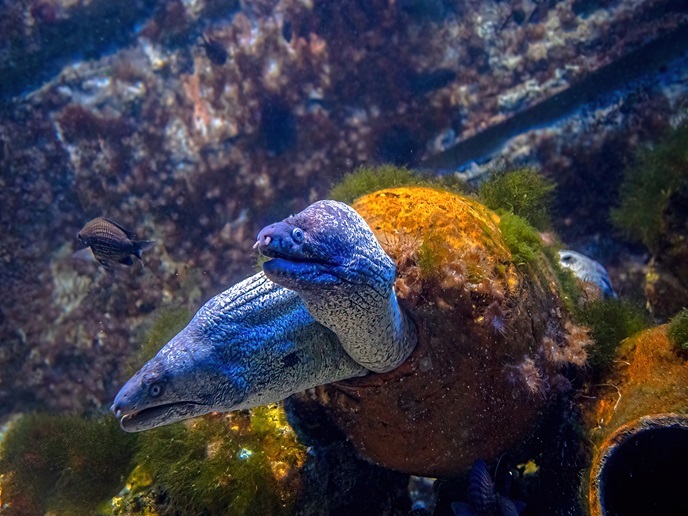How the brain integrates information and guides behaviour
The goal of the FISHBRAIN (Neural circuits underlying visually guided behaviour) project was to understand how the brain integrates sensory information and selects and carries out appropriate actions. Researchers were particularly interested in the organisation and function of neural circuits that underlie visually guided behaviours. Zebrafish (Danio rerio) was used as a model organism, enabling researchers to visualise and manipulate activity in neural circuits throughout the vertebrate brain. At just one week old, larval zebrafish are capable of following moving patterns, avoiding predators and tracking a capturing live prey. In addition, their transparent head enables the entire brain to be non-invasively imaged at single cell resolution, using two-photon imaging. The FISHBRAIN project conducted quantitative analysis of behaviour, whole brain imaging of neural activity and studied sensorimotor processing in identified neurons. Researchers also developed genetic tools for targeting and manipulating specific types of cells. A system for the high-speed tracking of eye and tail movements was developed for multiple free swimming zebrafish larvae. It was used to characterise how the larvae move and to map visual stimuli with larval movement. Researchers also tested genetic tools for recording neural function in zebrafish. Whole brain functional activity maps were developed using two-photon and light-sheet imaging of fish expressing genetically encoded calcium indicators. The experiments mapped out the functional architecture of the zebrafish brain, thereby revealing sets of neurons that make up complete behavioural circuits in a vertebrate. FISHBRAIN therefore provides an essential framework on which to base the study of neural development, genetic mutants and disease models.







